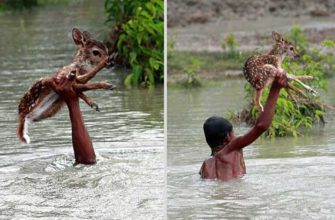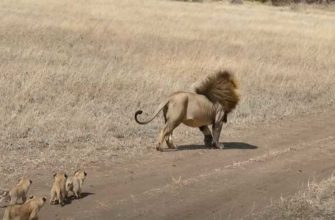These species also go through their cultural sound evolutions. They even speak in dialects and babble like newborns.
Our dialects differ geographically because we pick up language from adults in our immediate vicinity. Even just analyzing a person’s speech patterns might help determine where they were reared. For instance, South Philadelphians pronounce «youse» while Southerners prefer to use «y’all» as the plural form of «you.» Speaking like Shakespeare will make people look at you funny because people from different eras speak differently.

But we’re not the only species with a variety of vocal timbres. For instance, sac-winged bats, which are found in Mexico and South America, have different vocalizations in these regions. When the female bats disperse to mate, they listen for cries that are similar to but distinct from those of the colony they were born into. These calls are sufficient to identify known food and infections. Similar to how white-crowned sparrows in California that are only a few miles away would frequently sing different songs, in certain rare cases, people living at population boundaries might even become bilingual, code-switching between dialects to suit their environment.

These vocal learners also share other human-like vocal patterns in addition to dialects: they babble like infants and even change their pronunciations over time. According to Julia Hyland Bruno, an incoming assistant professor at the New Jersey Institute of Technology who studies songbirds, the parallels «allow us to look at mechanisms that may be similar to human cultural change.» These model systems provide potent mirrors — albeit simplified ones — into the genesis and evolution of our own culture because it is challenging to experiment with human vocal learning in an ethical manner.
Babbling Bats
Babies speak in babble. In reality, the majority of children start making speech-related «protophones» before their first birthday. Even when no one is listening, infants make roughly 3,500 protophones per day. They presumably use it as a tool to practice and expand their vocal range.

Also vocalizing in a manner that resembles babbling are songbird chicks. Some animals make crude «subsong,» which develops into adult songs, over time. When he stated that an early song «may be compared to the imperfect struggle of a youngster to babble» in 1871, Charles Darwin took note of this.
Even young bats talk. Sac-winged bats rhythmically repeat adult-like syllables and absurd proto-syllables, such as «ba-ba-ba,» the sound made by a newborn. Mirjam Knörnschild, a behavioral ecologist at Berlin’s Natural History Museum, claims that it happens spontaneously and that adults don’t pay attention to it. The baby bats, often known as pups, spend 30% of their time talking when they are awake. They take turns without interrupting one another, which Knörnschild describes as having a «very British style» about them.

She continues, saying that if you go into the forest, you can’t miss the babblers since there are so many of them. Though Knörnschild believes they may possibly be playing, babbling pups are training for later vocalizations, just like humans do. «I’m extremely wondering if our bats feel better when they’re babbling,» she says.







